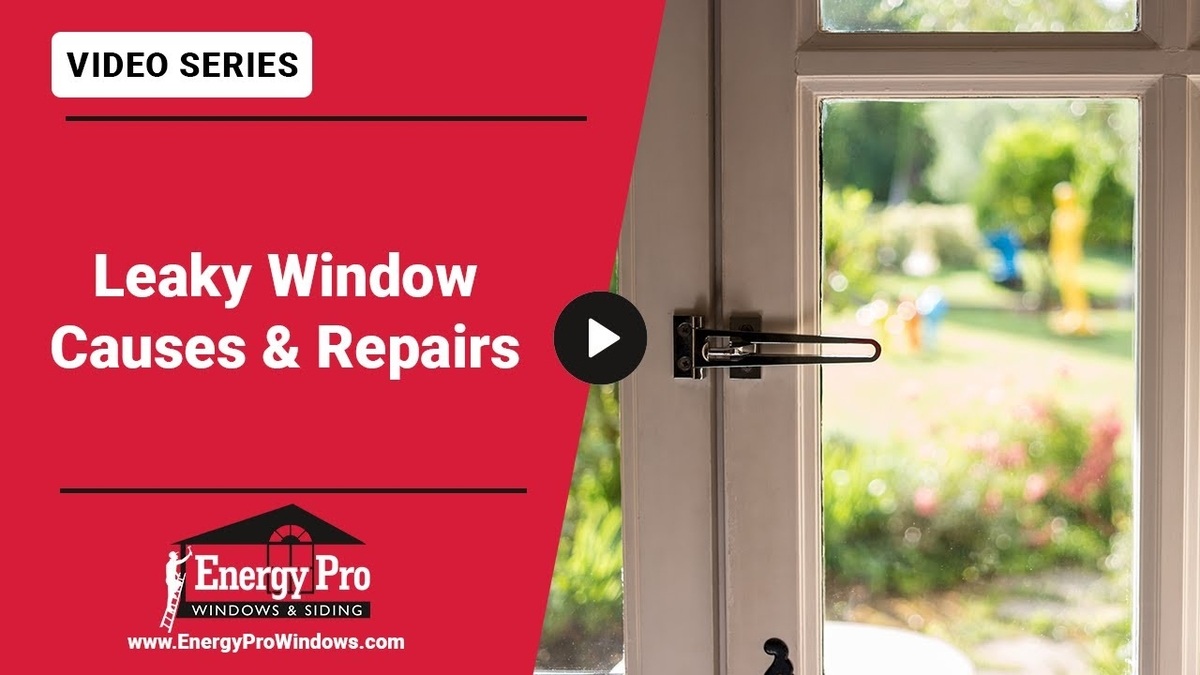When you prepare a house for siding installation, one of the most important things to keep in mind is that this process is about providing extra protection. As with any other situation that involves siding, the circumstances will be unique for each home.
Read on to learn more about some of the things to expect from the siding installation process.
How Much of the Original Siding May Require Removal?
Depending on the age of the old siding and the type, the previous siding may require removal. In most cases, the trim also needs to be removed and replaced, depending on the style you are going to use. Removing the trim from the window and door areas ensures a more accurate fit for the new siding.
One of the things that an installer will also need to do is replace any wood that has been affected by rot or is otherwise damaged. An important next step is adding a moisture barrier, to help seal out excess water that could damage the structural layer using a popular brand like Tyvek. Areas around the windows and doors will also be taped to ensure they are water-tight.
When You Prepare a House for Siding Installation What Else May Require Removal?
Taking the steps to prepare a house for siding installation will also require removing or disconnecting certain items related to your utilities before installing the second envelope, or outer layer. Temporarily disconnecting these items will help ensure a smoother installation process overall.
One of these steps involves contacting the power company and disconnecting the electric meter. Having the meter out of the way will help ensure that everything fits as it ought to. The new siding will need to go behind the meter, and the meter will be back in place and fully functional after re-installation.
Your outside faucets may also require temporary removal for the siding to fit properly. For this to work as seamlessly as possible, it is a good idea to have a plumber handle the removal and re-installation. Leaving this task to a professional will help prevent water damage bothersome for both the homeowner and contractor.
Temporarily disabling cable or other utility lines is also part of this process. When utility-related connections are out of the way, siding installers have a flat, clean surface to work with. The siding will go on much more easily, without the problems associated with trying to get around these items.
What is the Best Way to Prepare Your Yard Area Before Installation?
Homeowners having new siding installed will benefit from preparing the area to make it as accessible as possible. Installing siding is a major project, but it’s not one that needs to be burdensome to complete. Making sure contractors have easy access will make the process more effective for everyone involved.
Lawn furniture, as well as hoses and sprinklers, should be out of the way. Irrigation systems in flowerbeds are also something to remove. Anything that is close enough to the house to make the job harder is potentially something you need to remove.
Making sure any bushes or shrubs are kept trimmed back makes it easier for installers to access your siding. Anything that grows up against the house will need to be kept trimmed back, which is a good practice for preventing vegetation-related problems that could affect your siding. Pulling down vines that grow on your walls is also a necessary task before you have your new siding installed.
Taking the steps to prepare your home first helps the installers work more efficiently. The more a contractor has to do to get the job started, the longer everything will take. Installers have an interest in seeing things move along as efficiently as possible.
Energy Pro Windows & Siding handles all your siding needs, contact us today to find out more about how to prepare a house for siding installation.



